University of Houston Researchers Awarded New Funding for Superconductivity Project
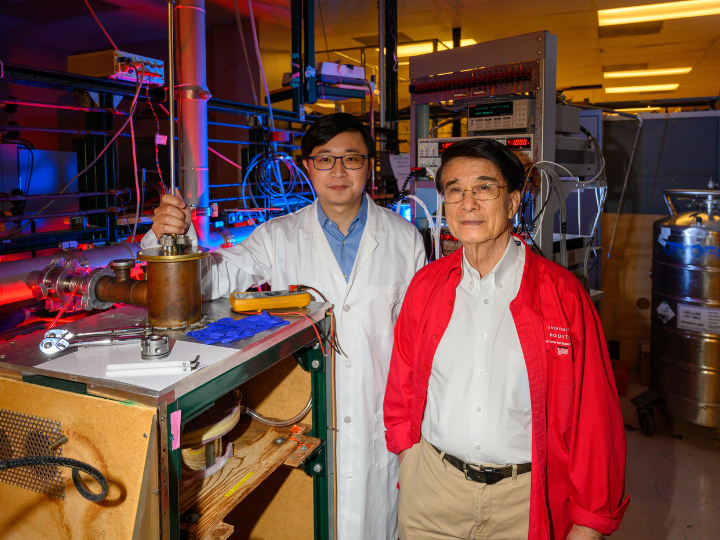

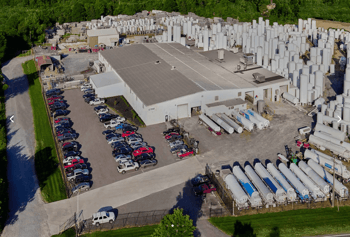 TransTech Group, a portfolio company of Bridge Industries, has acquired Cryogenic Technology Resources (CTR), a provider of engineered solutions for the industrial gas sector. The buy-out aims to strengthen TransTech’s position in the cryogenic and high-pressure gas storage and transfer market, including advanced automation and control technologies.
TransTech Group, a portfolio company of Bridge Industries, has acquired Cryogenic Technology Resources (CTR), a provider of engineered solutions for the industrial gas sector. The buy-out aims to strengthen TransTech’s position in the cryogenic and high-pressure gas storage and transfer market, including advanced automation and control technologies.
 Multiple cryostats have been developed and released including; microcrack fracture toughness and shear fixtures, with others, such as impact, under development. Understanding properties of materials at cryogenic temperatures is time consuming and costly, with limited existing UK capability. Driving transformational change in the field of cryogenics, the capability introduced by NCC will reduce the time, cost and complexity of cryogenic testing.
Multiple cryostats have been developed and released including; microcrack fracture toughness and shear fixtures, with others, such as impact, under development. Understanding properties of materials at cryogenic temperatures is time consuming and costly, with limited existing UK capability. Driving transformational change in the field of cryogenics, the capability introduced by NCC will reduce the time, cost and complexity of cryogenic testing.
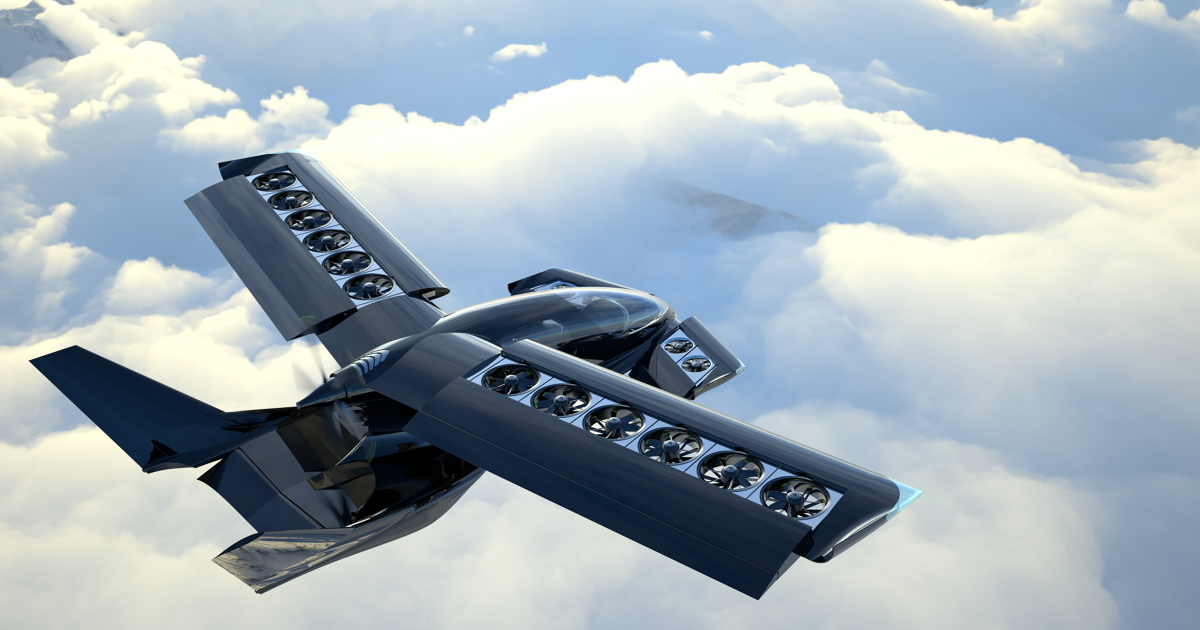 In an era where operational flexibility, speed, and reduced noise signatures are critical for military aviation, Horizon Aircraft’s innovative Cavorite X7 is positioning itself as a game-changer. With its fan-in-wing technology, the Cavorite X7 is designed to meet the growing demands of modern military operations, offering advantages in areas such as medical evacuation, covert missions, and intelligence, surveillance, and reconnaissance (ISR).
In an era where operational flexibility, speed, and reduced noise signatures are critical for military aviation, Horizon Aircraft’s innovative Cavorite X7 is positioning itself as a game-changer. With its fan-in-wing technology, the Cavorite X7 is designed to meet the growing demands of modern military operations, offering advantages in areas such as medical evacuation, covert missions, and intelligence, surveillance, and reconnaissance (ISR).
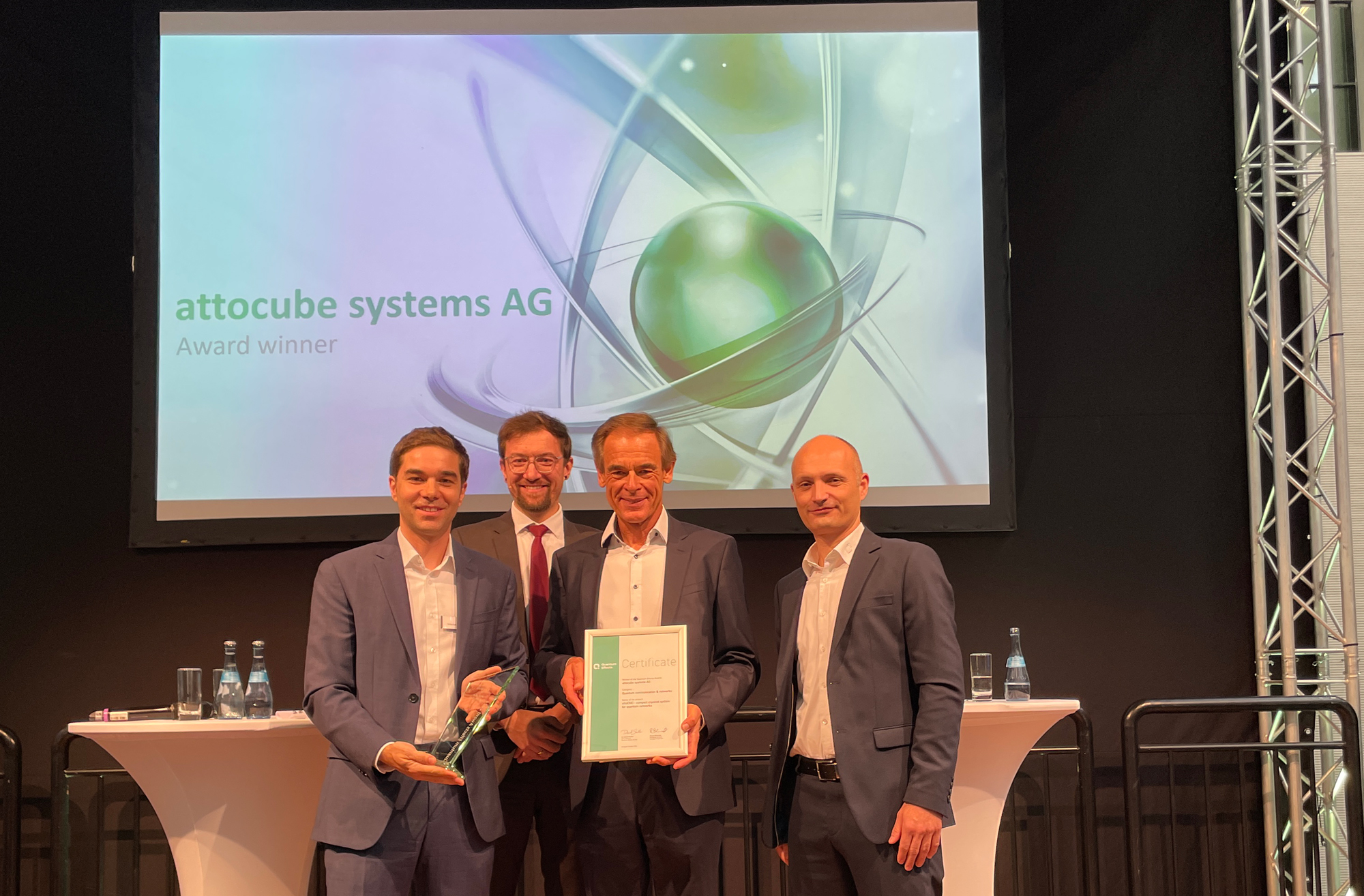 On October 8, 2024, attocube systems AG was honored with the prestigious Quantum Effects Award, recognizing their groundbreaking contributions to bridging traditional and quantum technologies. This award celebrates innovations that drive the commercial use of quantum technologies, and attocube was specifically recognized in the category of ‘Quantum Communication & Networks’ for its attoCMC system, a key advancement for industrial quantum applications.
On October 8, 2024, attocube systems AG was honored with the prestigious Quantum Effects Award, recognizing their groundbreaking contributions to bridging traditional and quantum technologies. This award celebrates innovations that drive the commercial use of quantum technologies, and attocube was specifically recognized in the category of ‘Quantum Communication & Networks’ for its attoCMC system, a key advancement for industrial quantum applications.
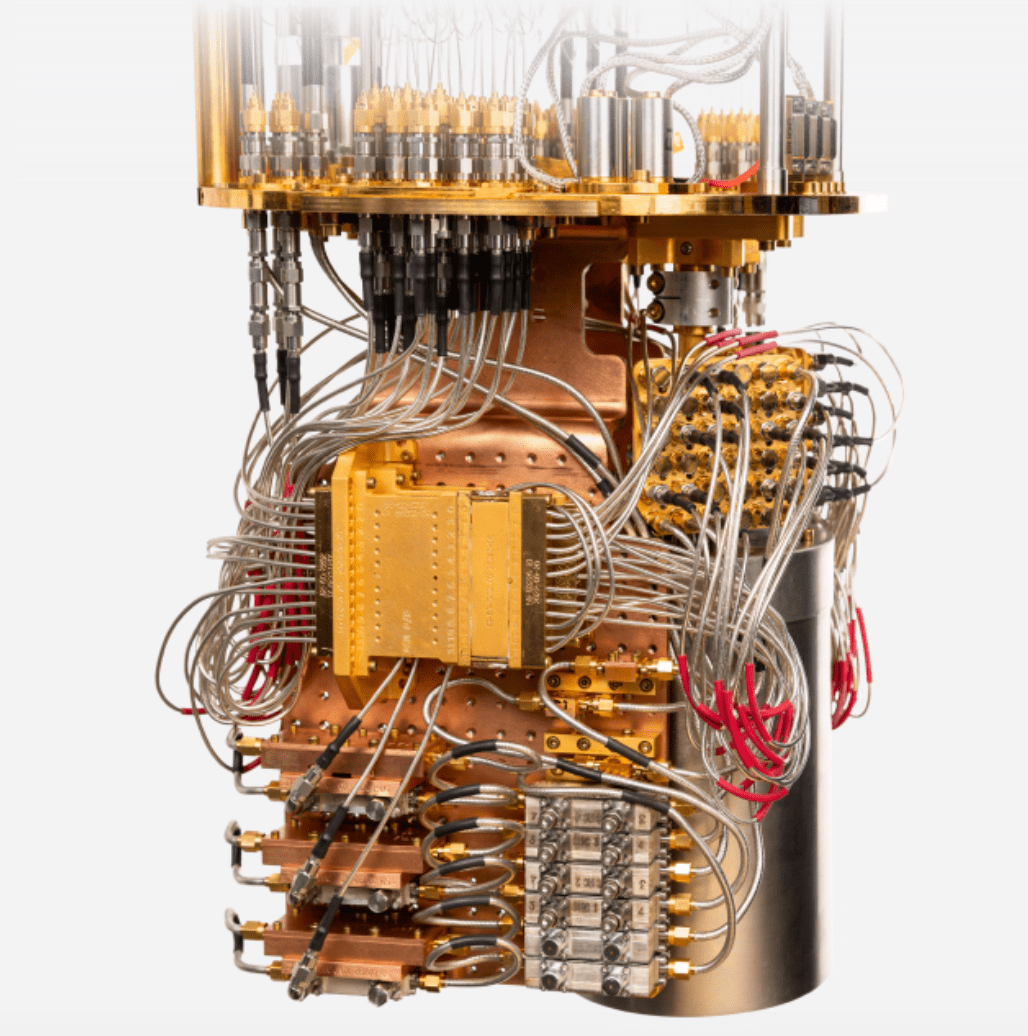 Oxford Instruments NanoScience, a leading provider of cryogenic systems, announced that it has joined the Novera™ QPU Partner Program. This addition strengthens the program’s ecosystem of quantum computing hardware, software, and service providers who build and offer integral components of functional quantum computing systems.
Oxford Instruments NanoScience, a leading provider of cryogenic systems, announced that it has joined the Novera™ QPU Partner Program. This addition strengthens the program’s ecosystem of quantum computing hardware, software, and service providers who build and offer integral components of functional quantum computing systems.
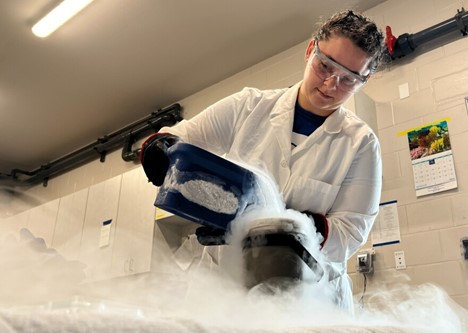 Florida’s coral reefs are critical to the state’s economy. They protect beaches and play a vital role in supporting thriving fisheries. However, time may be running out to witness some types of live coral in the Florida Keys. A severe heat wave in the summer of 2023 killed many species, and stony coral tissue loss disease has been particularly devastating to Atlantic pillar coral.
Florida’s coral reefs are critical to the state’s economy. They protect beaches and play a vital role in supporting thriving fisheries. However, time may be running out to witness some types of live coral in the Florida Keys. A severe heat wave in the summer of 2023 killed many species, and stony coral tissue loss disease has been particularly devastating to Atlantic pillar coral.
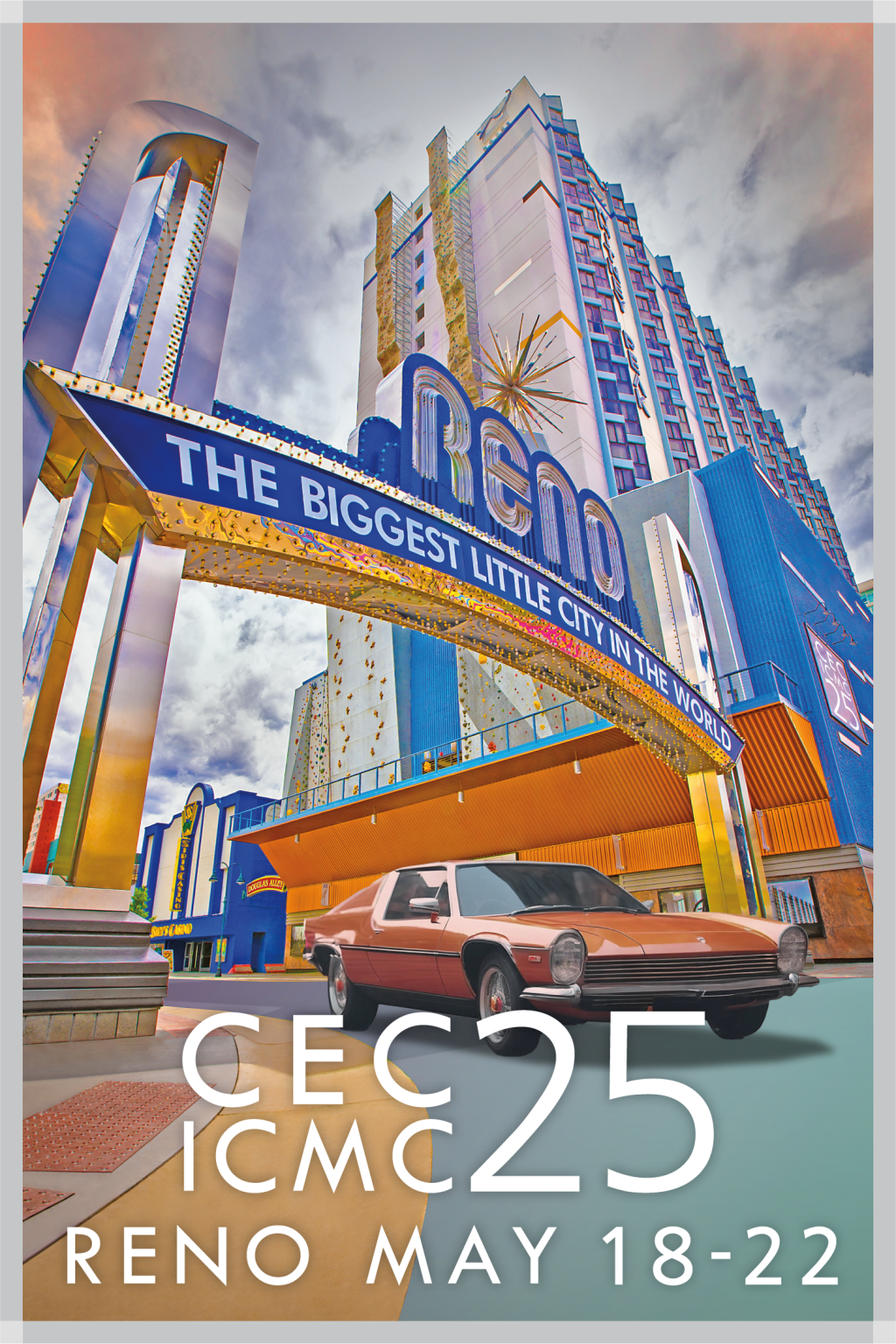 The Cryogenic Engineering Conference (CEC) will award two distinguished scholarships at the upcoming 2025 CEC/ICMC: the Donna Jung Memorial Scholarship Award and the Klaus and Jean Timmerhaus Scholarship Award. These awards are part of the CEC’s ongoing efforts to encourage the next generation of engineers and scientists in the field of cryogenics, and are funded by the Cryogenic Engineering Conference, Inc., along with contributions from industrial and private sponsors.
The Cryogenic Engineering Conference (CEC) will award two distinguished scholarships at the upcoming 2025 CEC/ICMC: the Donna Jung Memorial Scholarship Award and the Klaus and Jean Timmerhaus Scholarship Award. These awards are part of the CEC’s ongoing efforts to encourage the next generation of engineers and scientists in the field of cryogenics, and are funded by the Cryogenic Engineering Conference, Inc., along with contributions from industrial and private sponsors.
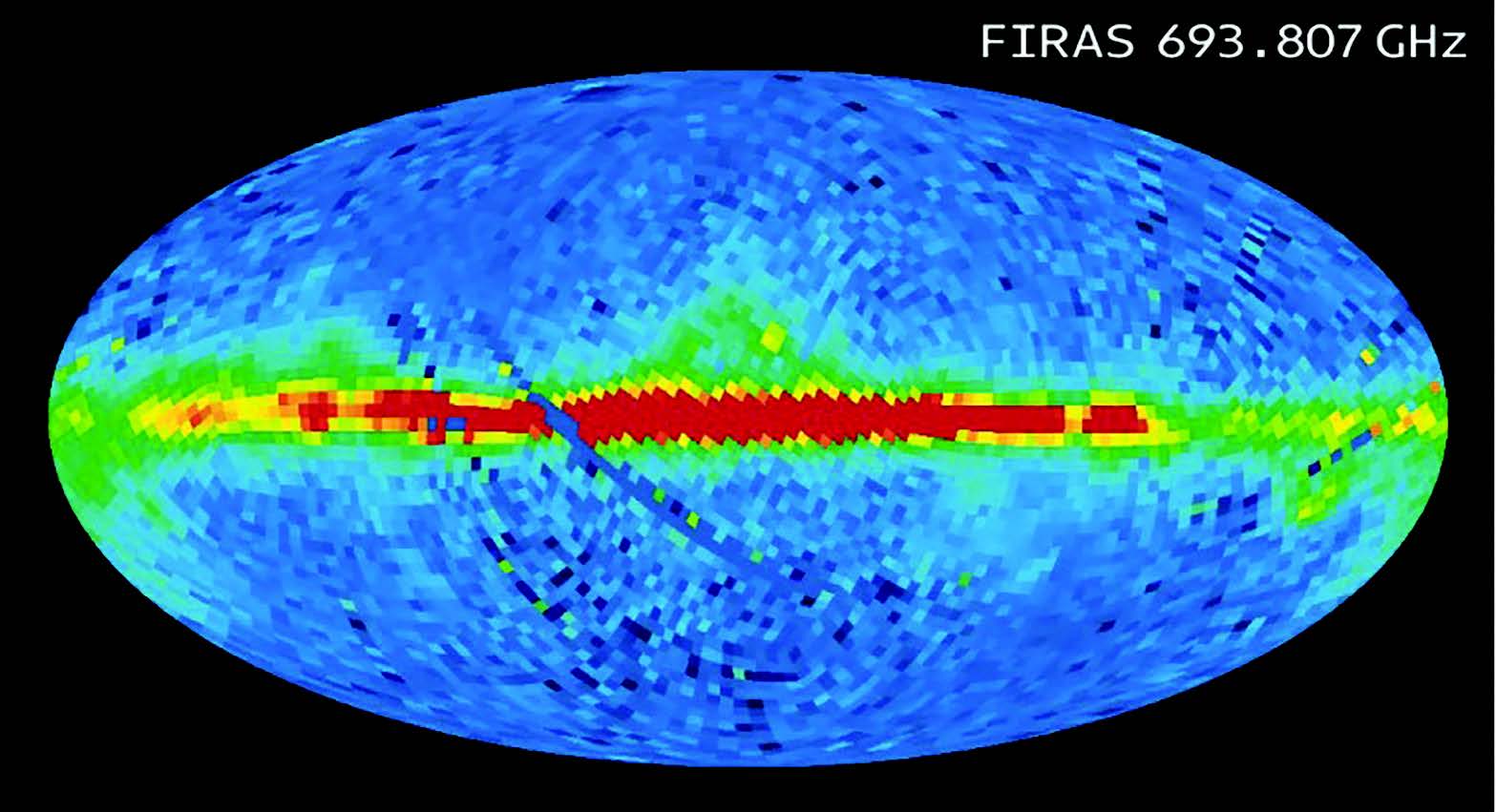 One of the most common questions from students when presented with an introduction to in-space applications of cryogenics is “What temperature is space?” While the askers of this question are usually enthusiastically interested, thinking space to have tactile temperatures just like the playground outside the school, this is actually a bit of a trick question. Let’s explore.
One of the most common questions from students when presented with an introduction to in-space applications of cryogenics is “What temperature is space?” While the askers of this question are usually enthusiastically interested, thinking space to have tactile temperatures just like the playground outside the school, this is actually a bit of a trick question. Let’s explore.
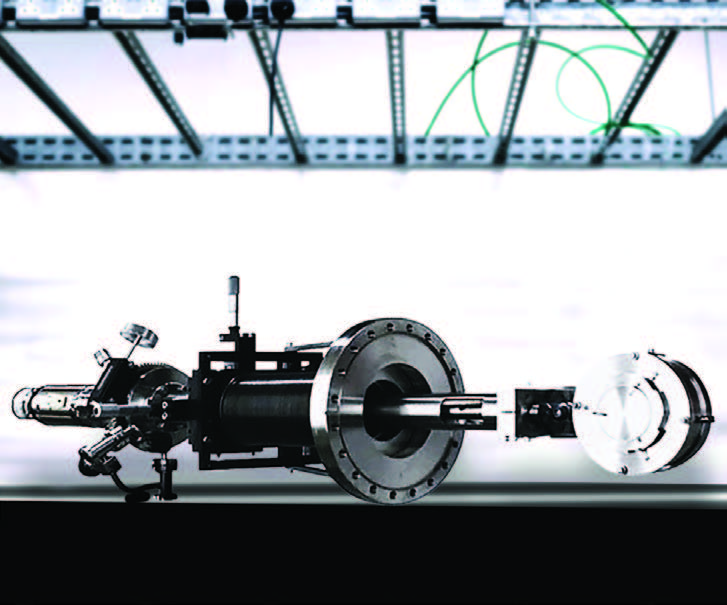 What does a leading optics manufacturer do when striving to develop cutting-edge lenses for high-resolution imaging systems? Their quest for flawless optical performance hinges on achieving nanostructured surfaces that minimize light scattering and maximize transmission efficiency.
What does a leading optics manufacturer do when striving to develop cutting-edge lenses for high-resolution imaging systems? Their quest for flawless optical performance hinges on achieving nanostructured surfaces that minimize light scattering and maximize transmission efficiency.
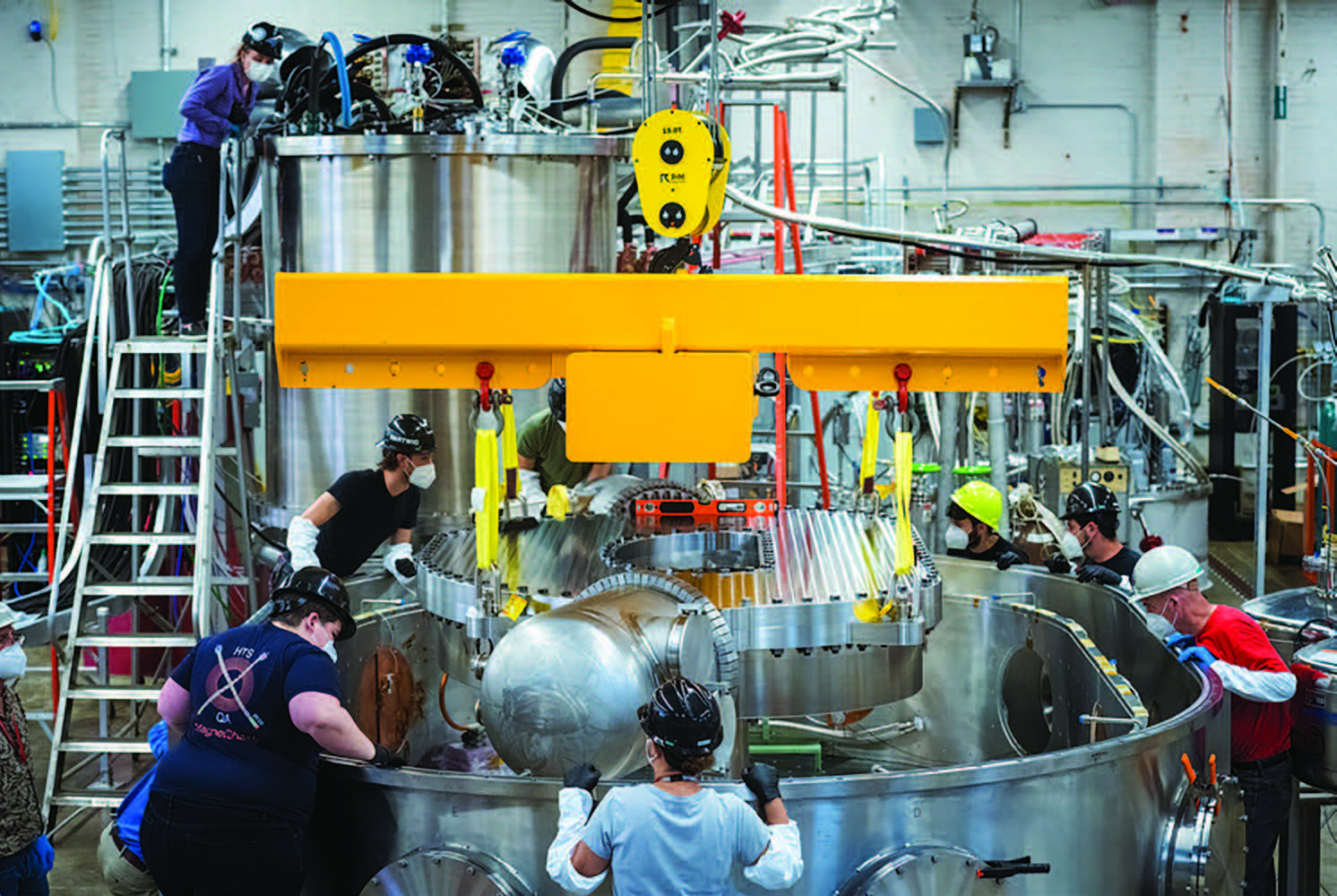 In the early hours of September 5, 2021, engineers at MIT’s Plasma Science and Fusion Center (PSFC) achieved a groundbreaking milestone by demonstrating a world-record magnetic field strength of 20 tesla with a new high-temperature superconducting magnet. This breakthrough is crucial for advancing fusion power technology, with the potential to usher in an era of virtually limitless energy.
In the early hours of September 5, 2021, engineers at MIT’s Plasma Science and Fusion Center (PSFC) achieved a groundbreaking milestone by demonstrating a world-record magnetic field strength of 20 tesla with a new high-temperature superconducting magnet. This breakthrough is crucial for advancing fusion power technology, with the potential to usher in an era of virtually limitless energy.
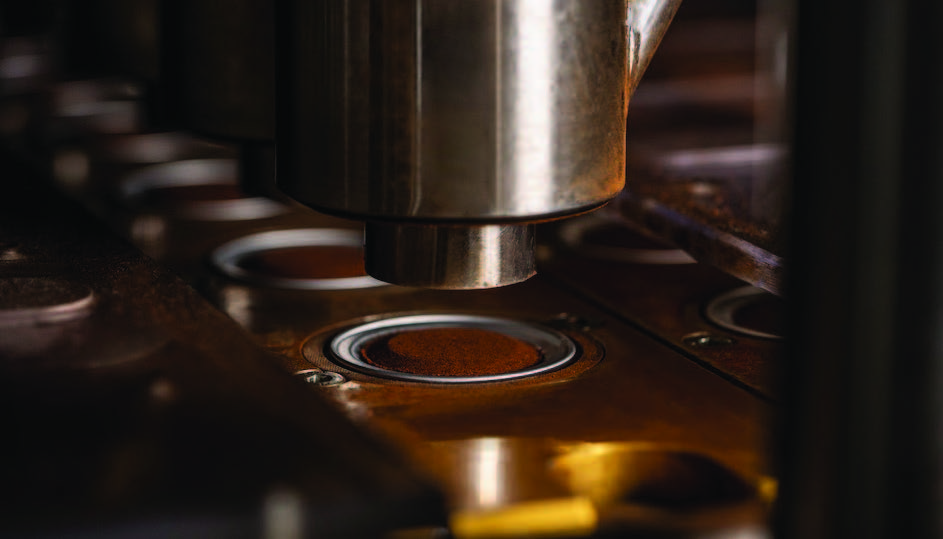 Ensuring the integrity of packaging in cryogenic environments is crucial for maintaining product quality and operational safety. Recent advancements in non-destructive leak testing technology underscore significant improvements in cryogenic controls and safety by emphasizing the need for precise and reliable testing methods. Effective leak detection is essential for preserving the performance of critical systems, and modern technologies, such as the Contura® series from INFICON GmbH, which illustrates how advanced leak detection systems can uphold these standards and enhance overall system reliability. Its advanced technology is particularly valuable in sectors where maintaining vacuum or low pressure environments is essential.
Ensuring the integrity of packaging in cryogenic environments is crucial for maintaining product quality and operational safety. Recent advancements in non-destructive leak testing technology underscore significant improvements in cryogenic controls and safety by emphasizing the need for precise and reliable testing methods. Effective leak detection is essential for preserving the performance of critical systems, and modern technologies, such as the Contura® series from INFICON GmbH, which illustrates how advanced leak detection systems can uphold these standards and enhance overall system reliability. Its advanced technology is particularly valuable in sectors where maintaining vacuum or low pressure environments is essential.
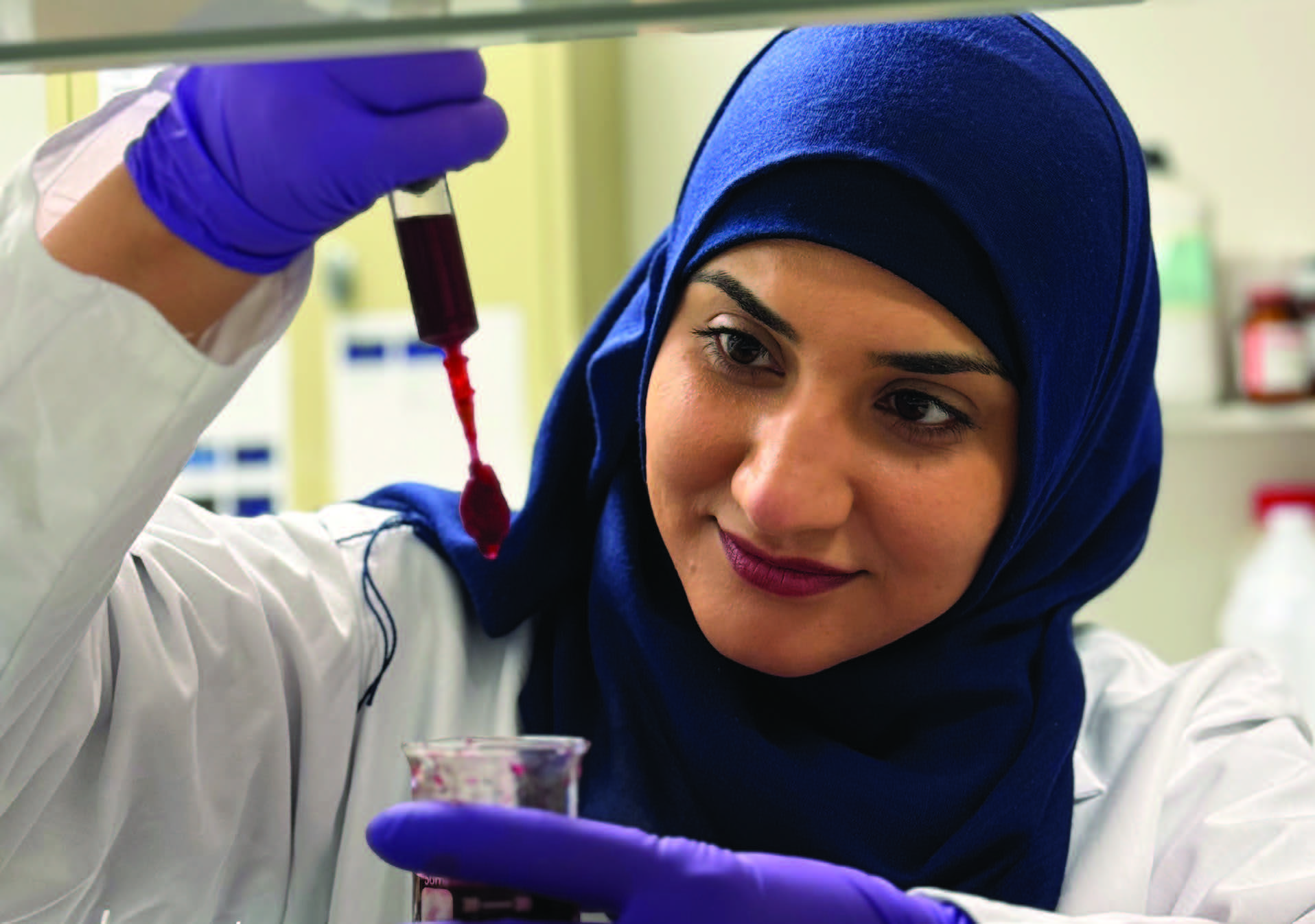 At Harvard Medical School and Massachusetts General Hospital, Dr. Rasha Al-attar’s research is at the forefront of advancing heart regeneration and organ transplantation. Initially focusing on stem cell-derived cardiomyocyte (hPSC-CM) transplantation to repair infarcted heart tissue, Dr. Al-attar faced a significant challenge: while immature hPSC-CMs survive freezing, they often induce arrhythmias post-transplantation, limiting their clinical application. To address this, Dr. Al-attar transitioned to her postdoctoral work in Dr. Shannon N. Tessier's lab, where she applies nature-inspired techniques to advance cryopreservation methods. Inspired by freeze-tolerant frogs, her research includes developing techniques to preserve hearts at normothermic levels ex vivo, enabling real-time monitoring of arrhythmias and improving transplantation outcomes. Her work aims to overcome gaps in cryopreservation and organ preservation, enhancing the clinical feasibility of stem cell therapies and addressing key issues in heart regeneration.
At Harvard Medical School and Massachusetts General Hospital, Dr. Rasha Al-attar’s research is at the forefront of advancing heart regeneration and organ transplantation. Initially focusing on stem cell-derived cardiomyocyte (hPSC-CM) transplantation to repair infarcted heart tissue, Dr. Al-attar faced a significant challenge: while immature hPSC-CMs survive freezing, they often induce arrhythmias post-transplantation, limiting their clinical application. To address this, Dr. Al-attar transitioned to her postdoctoral work in Dr. Shannon N. Tessier's lab, where she applies nature-inspired techniques to advance cryopreservation methods. Inspired by freeze-tolerant frogs, her research includes developing techniques to preserve hearts at normothermic levels ex vivo, enabling real-time monitoring of arrhythmias and improving transplantation outcomes. Her work aims to overcome gaps in cryopreservation and organ preservation, enhancing the clinical feasibility of stem cell therapies and addressing key issues in heart regeneration.
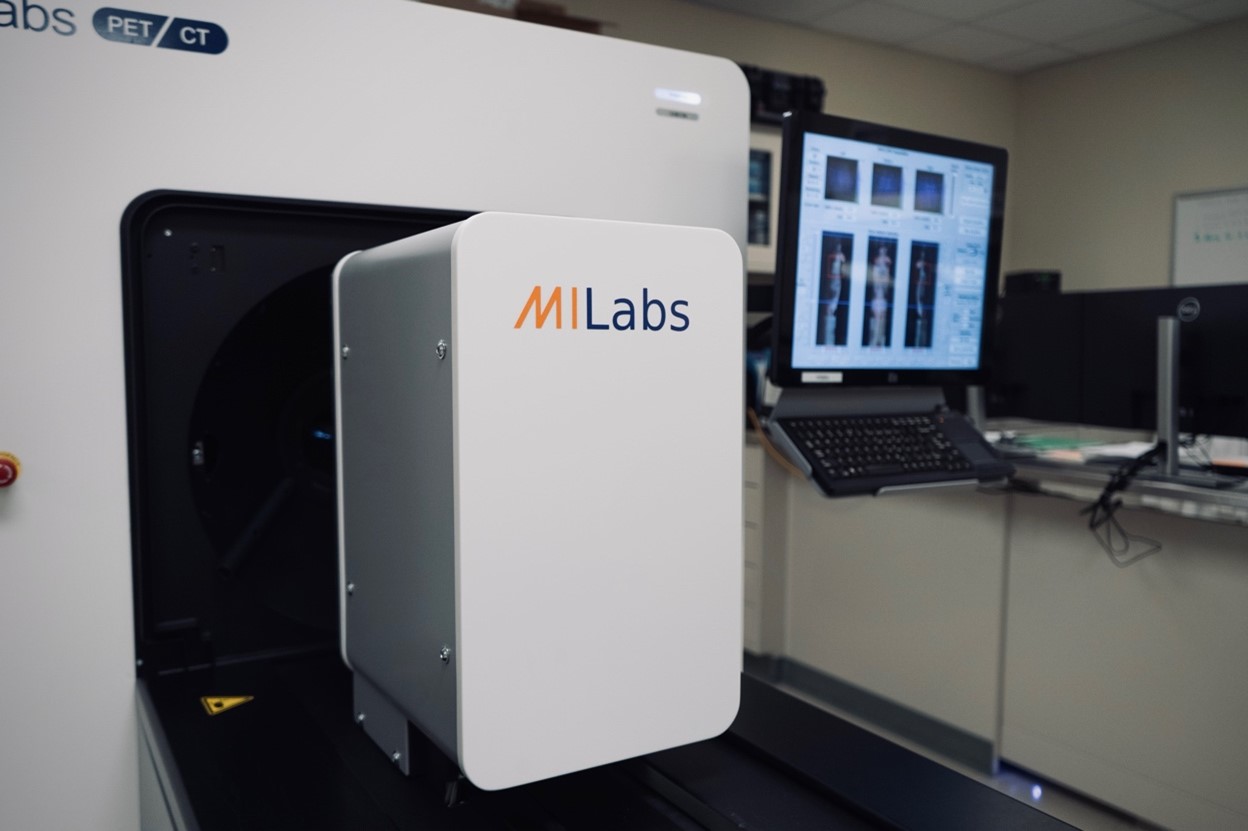 The Beckman Institute for Advanced Science and Technology at the University of Illinois Urbana-Champaign has embarked on a life-changing research project to advance the early detection and diagnosis of Alzheimer’s disease. With the support of a $3 million grant from the US National Institute on Aging of the National Institutes of Health, the institute is leveraging the capabilities of its Magnetic Resonance Imaging (MRI) Laboratory and the Molecular Imaging Laboratory to develop innovative imaging techniques. Central to this initiative is the use of Cu-64 for Positron Emission Tomography (PET) imaging and Mn2+ for enhanced MRI, offering new possibilities for studying Alzheimer’s disease in living patients.
The Beckman Institute for Advanced Science and Technology at the University of Illinois Urbana-Champaign has embarked on a life-changing research project to advance the early detection and diagnosis of Alzheimer’s disease. With the support of a $3 million grant from the US National Institute on Aging of the National Institutes of Health, the institute is leveraging the capabilities of its Magnetic Resonance Imaging (MRI) Laboratory and the Molecular Imaging Laboratory to develop innovative imaging techniques. Central to this initiative is the use of Cu-64 for Positron Emission Tomography (PET) imaging and Mn2+ for enhanced MRI, offering new possibilities for studying Alzheimer’s disease in living patients.
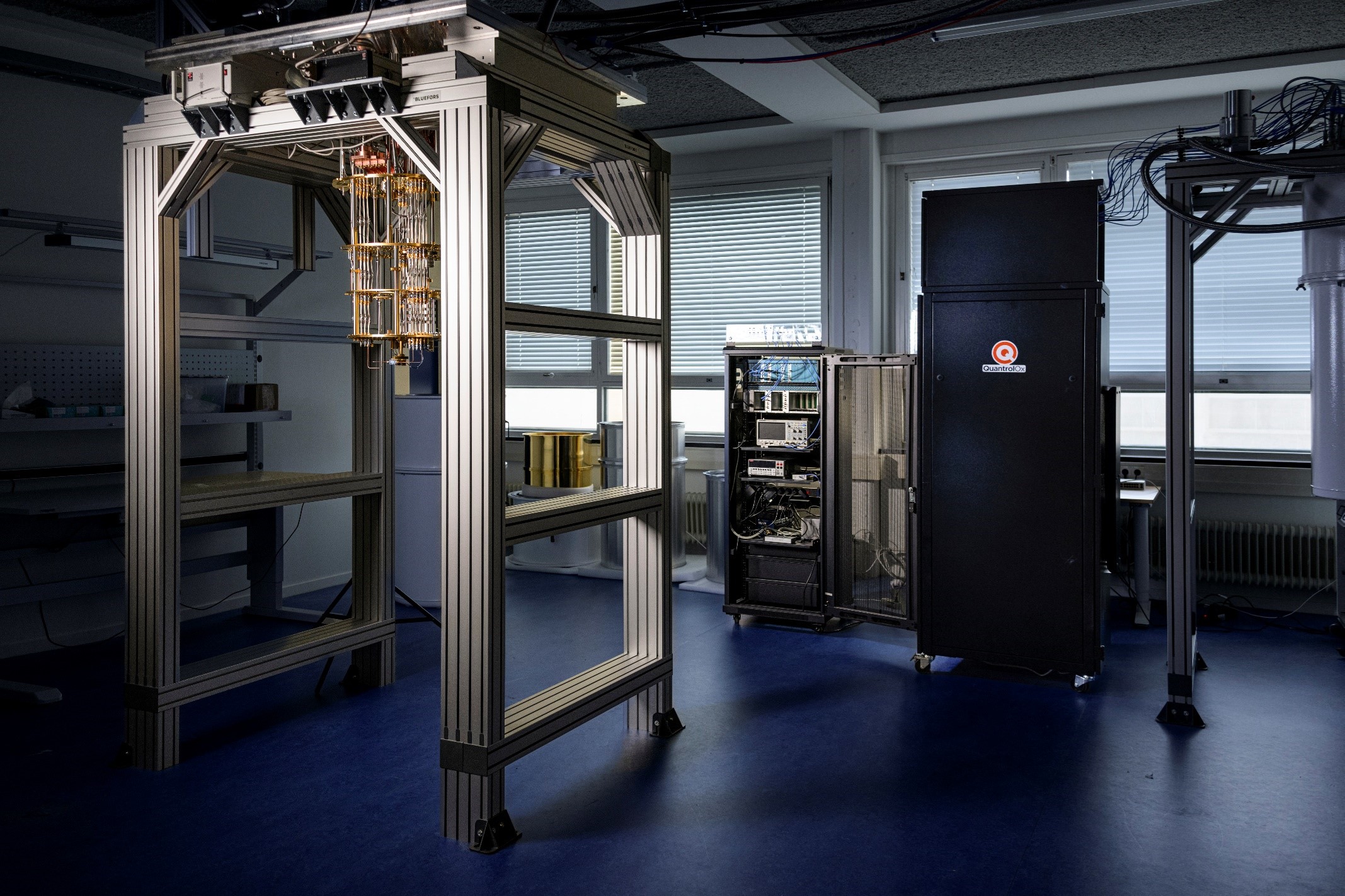 Quantum technology continues to develop at a rapid pace, and the need for access to cryogenic cooling systems for quantum research has never been greater. While established institutions have an increasing number of options to choose from, startups and smaller institutions still face considerable challenges, not least of which are the costs involved in investing in a dedicated cryogenic measurement system for their experiments.
Quantum technology continues to develop at a rapid pace, and the need for access to cryogenic cooling systems for quantum research has never been greater. While established institutions have an increasing number of options to choose from, startups and smaller institutions still face considerable challenges, not least of which are the costs involved in investing in a dedicated cryogenic measurement system for their experiments.
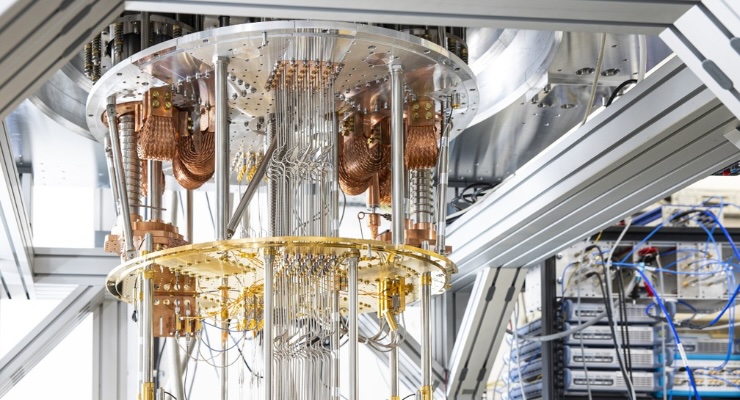 Fraunhofer IPMS is collaborating on the development of an integrated German quantum computer based on superconducting quantum chips. Together with 24 German research institutions and companies, under the coordination of Forschungszentrum (FZ) Jülich, Fraunhofer IPMS is working on this quantum computer with the goal of improving error rates.
Fraunhofer IPMS is collaborating on the development of an integrated German quantum computer based on superconducting quantum chips. Together with 24 German research institutions and companies, under the coordination of Forschungszentrum (FZ) Jülich, Fraunhofer IPMS is working on this quantum computer with the goal of improving error rates.
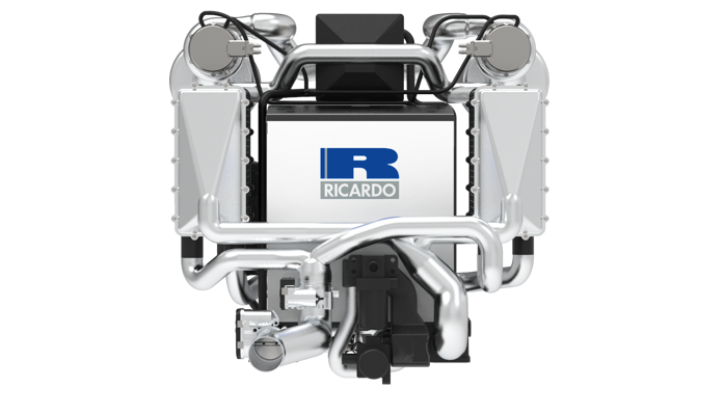 Hydrogen power is gradually making its mark on the motorsport scene. This year, we have already witnessed hydrogen race cars competing in the Fuji 24 Hours, hillclimbs, and the Dakar Rally. Looking ahead to 2025, the world’s first hydrogen championship, Extreme H, will debut, and by 2027, hydrogen prototypes are expected to race at the Le Mans 24 Hours.
Hydrogen power is gradually making its mark on the motorsport scene. This year, we have already witnessed hydrogen race cars competing in the Fuji 24 Hours, hillclimbs, and the Dakar Rally. Looking ahead to 2025, the world’s first hydrogen championship, Extreme H, will debut, and by 2027, hydrogen prototypes are expected to race at the Le Mans 24 Hours.
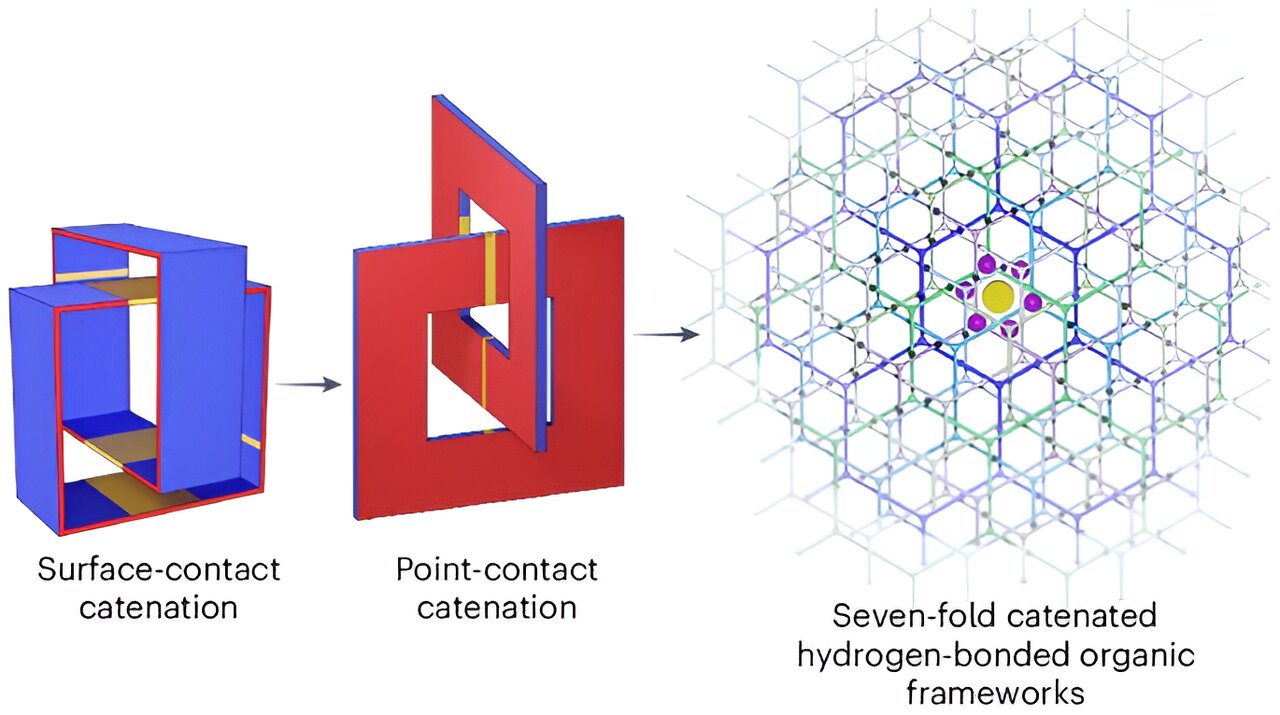 A team of chemists from the University of Hong Kong, Northwestern University, and Duke University has developed a supramolecular material capable of compressing hydrogen for storage without being too heavy. Their study, published in Nature Chemistry, demonstrates the use of porous organic crystals for hydrogen storage.
A team of chemists from the University of Hong Kong, Northwestern University, and Duke University has developed a supramolecular material capable of compressing hydrogen for storage without being too heavy. Their study, published in Nature Chemistry, demonstrates the use of porous organic crystals for hydrogen storage.
 A Ph.D. student from India is conducting groundbreaking research with Monash University’s Department of Civil Engineering after being selected as the recipient of the prestigious Australian government-funded Maitri Scholars Program. Chennai native Rohith Prakash will focus on advancing the safe transport and storage of liquid hydrogen, with a particular emphasis on mitigating sloshing effects within storage tanks and their impact on boil-off rates. As a cryogenic fuel stored at an ultra-low temperature of -253°C, liquid hydrogen is highly susceptible to boil-off during transportation, presenting a significant challenge in its handling and management.
A Ph.D. student from India is conducting groundbreaking research with Monash University’s Department of Civil Engineering after being selected as the recipient of the prestigious Australian government-funded Maitri Scholars Program. Chennai native Rohith Prakash will focus on advancing the safe transport and storage of liquid hydrogen, with a particular emphasis on mitigating sloshing effects within storage tanks and their impact on boil-off rates. As a cryogenic fuel stored at an ultra-low temperature of -253°C, liquid hydrogen is highly susceptible to boil-off during transportation, presenting a significant challenge in its handling and management.